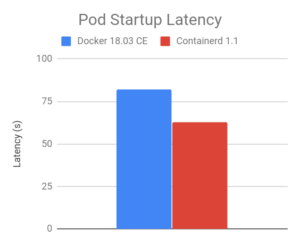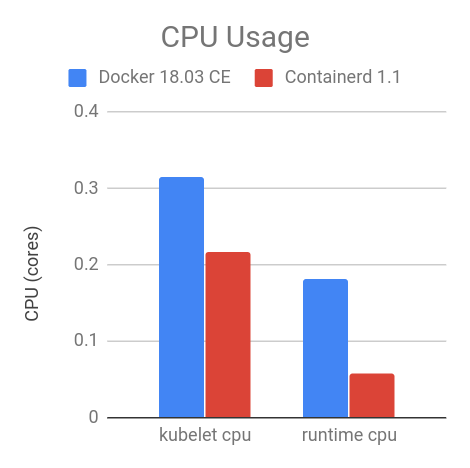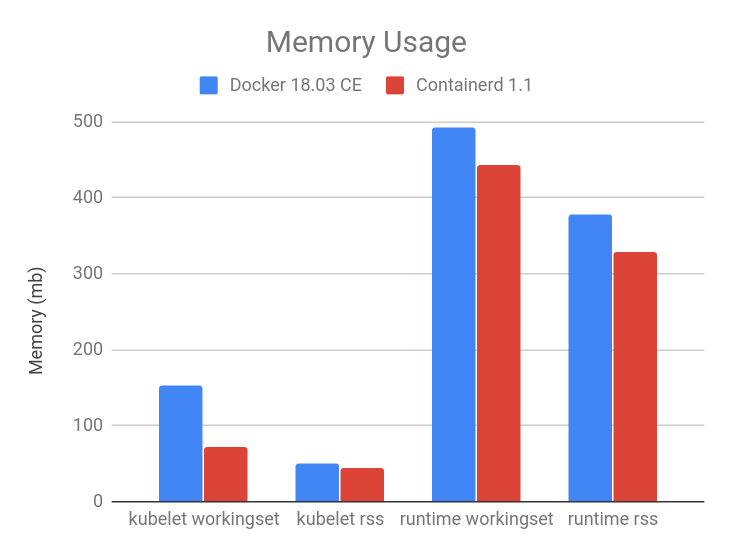After just 6 months of releasing the alpha version of Kubernetes containerd integration, the community has declared that the upgraded containerd 1.1 is now generally available.
Containerd 1.1 can be used as the container runtime for production Kubernetes clusters. It works well with Kubernetes 1.10 and also supports all Kubernetes features.
Let’s look at the key upgrades in the new Kubernetes Containerd 1.1 :
Architecture upgrade

Containerd 1.1 architecture with the CRI plugin
In the current version 1.1, the cri-containerd daemon is changed to a containerd CRI plugin. This CRI plugin is made default and is built-in containerd 1.1. It interacts with containerd through direct function calls. Kubernetes can now be used by containerd directly as this new architecture makes the integration more stable and efficient, and eliminates another grpc hop in the stack. Thus, the cri-containerd daemon is no longer needed.
Performance upgrades
Performance optimizations have been the major focus in the Containerd 1.1. Performance was optimized in terms of pod startup latency and daemon resource usage which are discussed in detail below.
Pod Startup Latency
The containerd 1.1 integration has lower pod startup latency than Docker 18.03 CE integration with dockershim. Following graph is based on the results from the ‘105 pod batch startup benchmark’ (The lower, the better)

CPU and Memory Usage
The containerd 1.1 integration consumes less CPU and memory overall compared to Docker 18.03 CE integration with dockershim at a steady state with 105 pods. The results differ as per the number of pods running on the node. 105 is the current default for the max number of user pods per node.


On comparing Docker 18.03 CE integration with dockershim, the containerd 1.1 integration has 30.89% lower kubelet cpu usage, 68.13% lower container runtime cpu usage, 11.30% lower kubelet resident set size (RSS) memory usage, and 12.78% lower container runtime RSS memory usage.
What would happen to Docker Engine?
Switching to containerd would not mean that one will be unable to use Docker Engine. The fact is that Docker Engine is built on top of containerd. The next release of Docker Community Edition (Docker CE) will allow using containerd version 1.1.

Docker engine built over Containerd
Containerd is being used by both Kubelet and Docker Engine. This means users choosing the containerd integration will not only get new Kubernetes features, performance, and stability improvements, but also have the option of keeping Docker Engine around for other use cases.
Read more interesting details on the Containerd 1.1 on Kubernetes official blog post.










![How to create sales analysis app in Qlik Sense using DAR method [Tutorial] Financial and Technical Data Analysis Graph Showing Search Findings](https://hub.packtpub.com/wp-content/uploads/2018/08/iStock-877278574-218x150.jpg)